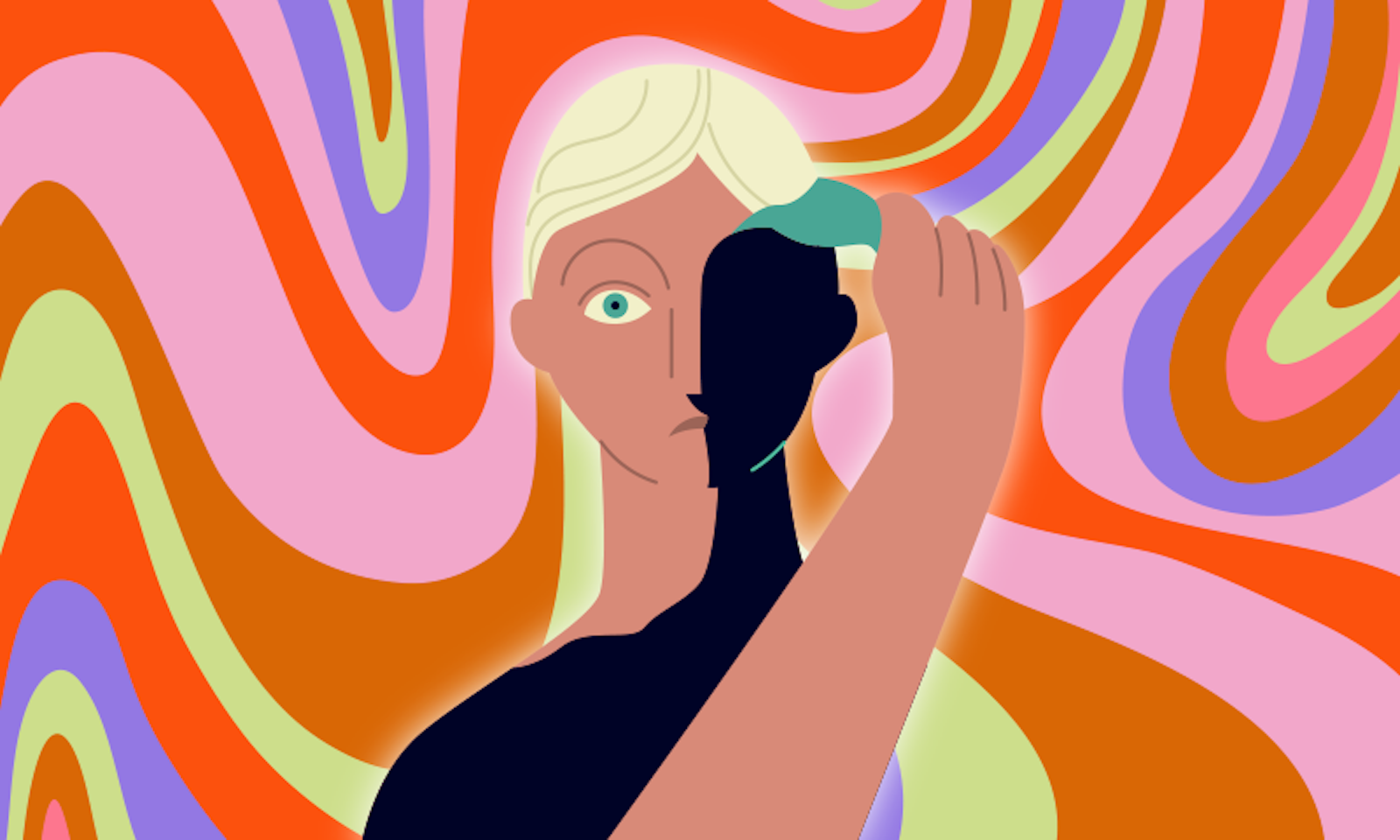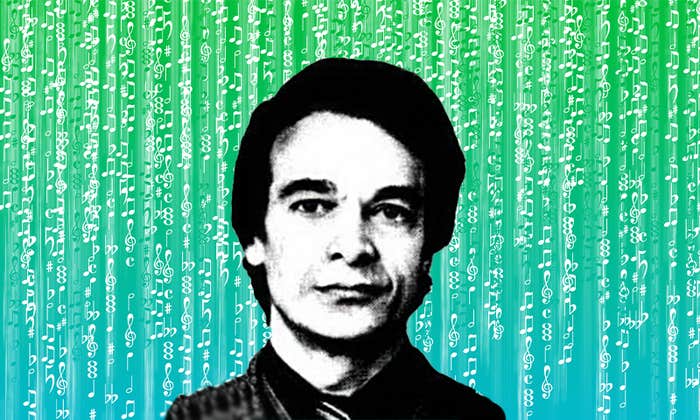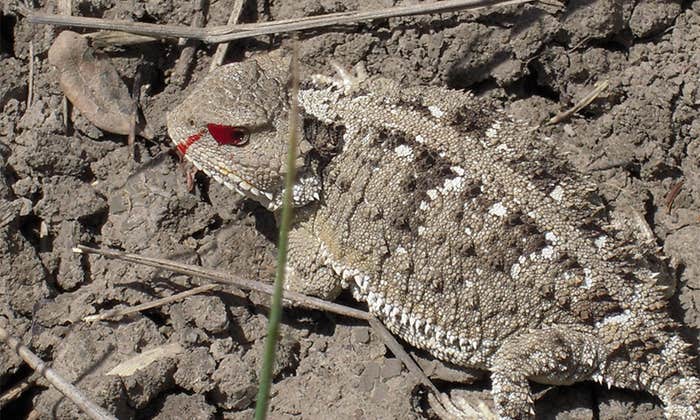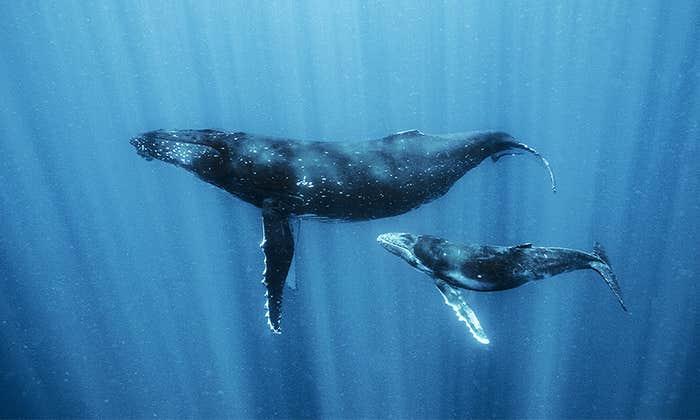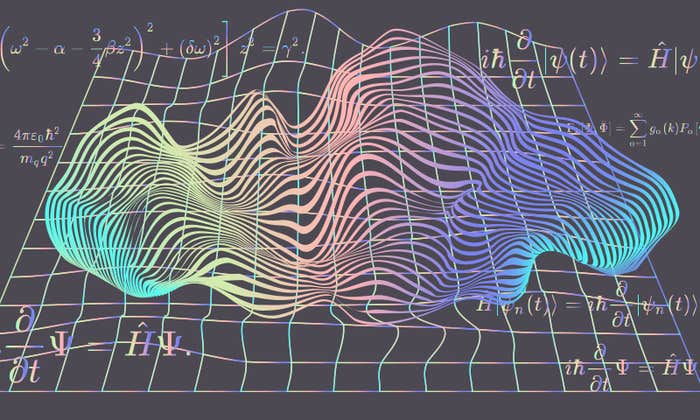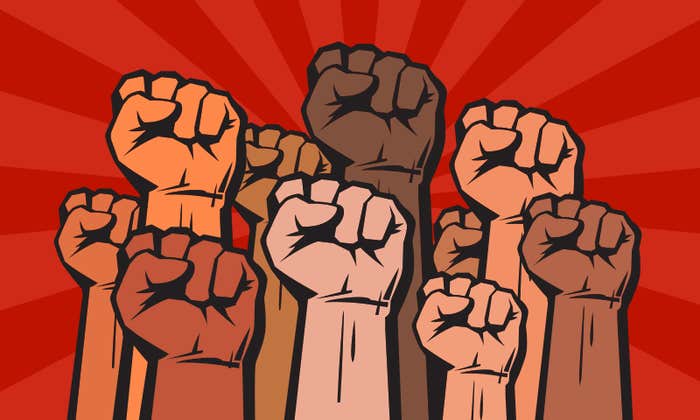Jules Evans was 17 years old when he had his first unpleasant run-in with psychedelic drugs. Caught up in the heady rave culture that gripped ’90s London, he took some acid at a club one night and followed a herd of unknown faces to an afterparty. There, he found himself pursued by a single thought, which followed him like a hunter’s sights: He was behaving badly, and everyone in the room couldn’t stop talking about him. A few months later, he started to experience bouts of panic and social anxiety, neither of which he’d ever felt before. “I was very worried that I’d damaged my brain, and that it was permanent,” Evans recalls. He steered clear of psychedelics. But for the next six years, he suffered from panic attacks, social anxiety, dissociation, and depression, which only cleared after a course of cognitive behavioral therapy.
In 2017, Evans decided to try again. After learning of emerging research that suggested that psychedelics were safe in a guided setting, and in part to overcome his first traumatic experience, he traveled to a well-reputed retreat in Peru to take ayahuasca. Afterward, as he made his way to the Galápagos Islands, where he had planned a few days’ peaceful reflection in nature, a strange feeling came over him. “I began to suspect that I was either in a dream of my own construction or trapped in some kind of fake reality constructed by someone else,” he wrote in an essay in 2020. “Could I be in a coma or some afterlife limbo state?” The eerie feelings only intensified when he got to the Islands. On the ferry, he was convinced that he was crossing the river Styx into the land of the dead. “This isn’t real,” he thought to himself. “How do I wake up?” When concerned friends reached out, he thought his desperate subconsciousness was making them up. “I felt profoundly alone in this fake reality,” he wrote. The ontological nausea faded 10 days later, but his doubts about the safety of psychedelics did not.
The most serious effects may also be vastly underreported in trials involving psychedelics.
The psychedelic renaissance is upon us. In 2021, the National Institutes of Health’s annual “Monitoring the Future” study observed that hallucinogen use had hit an all-time high since the first survey was completed in 1988, with reported use by United States adults aged 19-30 up to 8 percent. Following two decades of research celebrating the therapeutic potential of psychedelics, many people associate the substances with a range of psychological benefits: heightened social connection, reduced anxiety and depression, a deeper sense of meaning, and a more powerful connection to the divine or the universe.
But amid all the scientific and cultural enthusiasm for these drugs, little attention has been paid to bad trips and their after-effects, and even less to what might alleviate them.
This is not entirely arbitrary. Bad trips are rare: Surveys indicate that the majority of those who report having taken psychedelics never have a difficult or distressing experience, during or after the trip. But for a select few, the after-effects can be quite serious. In one small study of 613 psychedelic users, in the days and weeks following a challenging trip, close to 7 percent reported thoughts or attempts of hurting themselves or others, and 3 percent sought psychiatric help. Something called Hallucinogen Persisting Perception Disorder, flashbacks of visual disturbances that first arose during a hallucinogenic trip, is also now recognized by the DSM-V.
As Evans, now a researcher at the University of London in the Centre for the History of the Emotions at Queen Mary, began looking into the literature, he learned that the most serious effects may also be vastly underreported in trials involving psychedelics. One review of clinical ketamine use for depression, for example, found that 42 percent of serious adverse events and 39 percent of non-serious events reported in clinical trials data were not reported in the published articles. Some scientists say psychosis risk is also underestimated in the research literature, in part because older reports of it led modern psychedelic researchers to exclude participants with a family history of psychotic spectrum illness from their studies.
Evans decided to launch the “Challenging Psychedelics Project” with a handful of colleagues. They posted a survey in the fall of 2022, inviting people who had difficulties for at least a day following a psychedelic trip to participate. Some 608 individuals from around the world responded over the next few months, answering questions about context of use, the nature and duration of the challenges they experienced, plus a range of possible risk factors and perceived causes, and providing written accounts of their experiences. Evans was particularly interested in collecting written narratives about these bad trips, he says, which remain rare in the research literature.
In the resulting “cartography” of bad trips, published last October in Plos One, Evans heard many answering echoes of his own experience. A majority—about 75 percent—experienced emotional difficulties, primarily anxiety and fear, but also depression. Almost half struggled with existential confusion and “derealization,” the sense that everything was unreal. Others struggled with issues relating to self-perception; they were plagued by excessive self-consciousness, or “depersonalization,” a sense of being so detached from themselves that they viewed their own lives from a near-cinematic remove. Still others experienced social difficulties, a sense of disconnection from other people, problems with sleep and nightmares, and other physiological symptoms, such as breathing problems or heart issues, compulsive crying, experiences of psychosis. Five respondents experienced prosopagnosia, a difficulty recognizing faces.
For many of the respondents who took Evans’ survey, the post-trip difficulties lingered for months or longer. One respondent wrote that his trip had “reset his soul” and left him feeling lonely and disconnected from others for 30 years. According to the study respondents, the negative effects were exacerbated by a lack of information about what was happening to them, which only increased feelings of anxiety, social disconnection, and existential confusion. More information could save a lot of people from unnecessary distress and psychological harm, says Evans.
Some of the respondents who suffered afterward had taken the drugs as part of a clinical trial or psychedelic therapy session, around 8 percent. “It might be surprising to the field, as leading scientists like David Nutt have argued that the risks of extended difficulties in clinical trials are basically zero,” says Evans. This finding challenges the “set and setting” hypothesis of psychedelics, formulated long ago by pioneering psychology researcher and psychedelics champion Timothy Leary. That theory says that psychological mindset and environment powerfully influence a drug user’s experience and that the intensity and duration of bad after-effects can be shaped by lack of preparedness, negative mindset, or a lack of psychological support. Another surprise: A prior diagnosis of mental illness did not predict the duration or variety of enduring difficulties.
Evans doesn’t advocate against psychedelics. But by exposing the hazards that tripping could involve, Evans hopes to temper the prevalent ethos of breezy optimism with a dash of caution. ![]()
Lead image by Tasnuva Elahi; with images by Martin_Mailz and AnzhelikaP / Shutterstock















